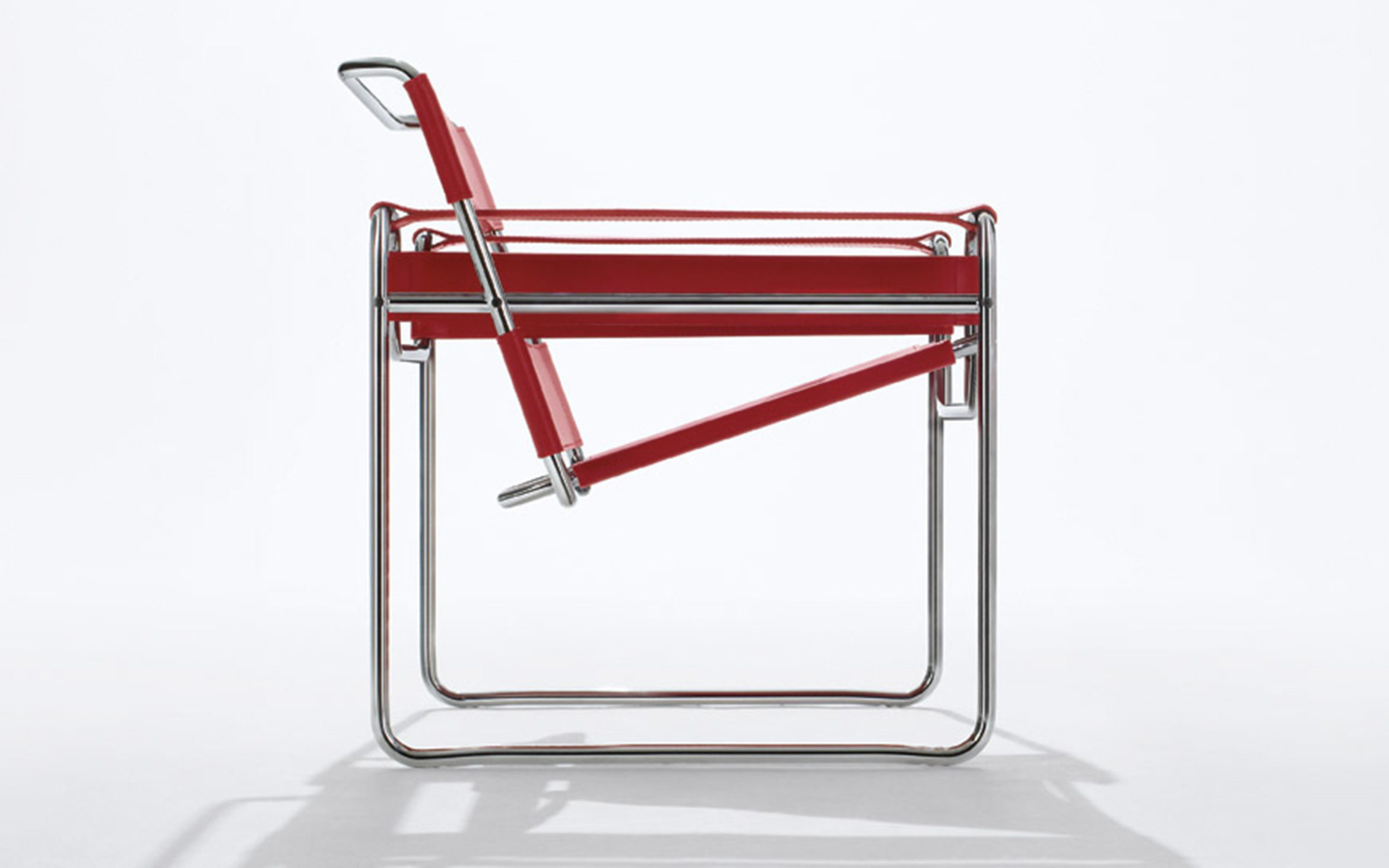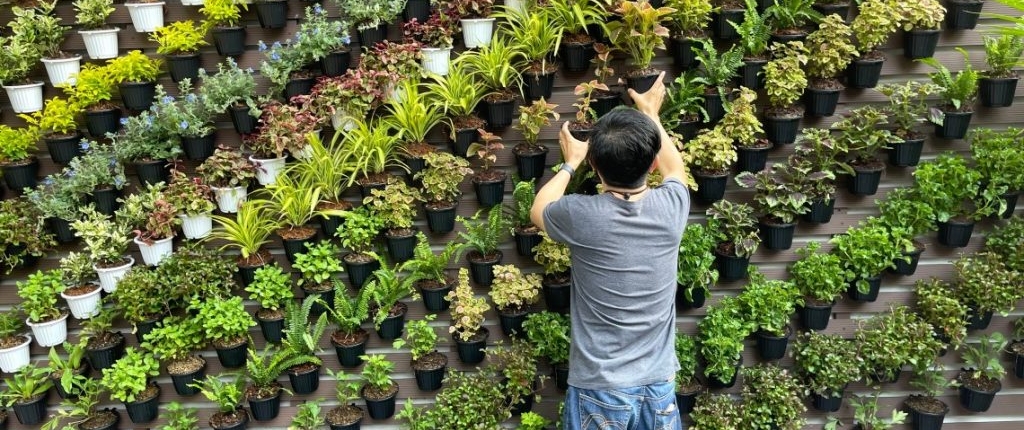The Beauty of Constraints
How Good Design Is Inherently Sustainable
Design is a creative endeavor, often associated with boundless imagination and limitless possibilities. Yet, paradoxically, some of the best designs in history have emerged from restrictions and limitations. In this blog post, we will explore how good design is not only aesthetically pleasing but also inherently sustainable, and how designers’ ability to work within constraints can lead to remarkable innovations.
“Wassily Chair” designed by Marcel Breuer
Design and Sustainability: A Symbiotic Relationship
Sustainability in design goes beyond using eco-friendly materials or reducing waste (though those are crucial aspects). It’s about creating products, spaces, and experiences that stand the test of time, minimizing environmental impact while maximizing functionality and beauty. The essence of sustainability lies in longevity and efficiency, principles that resonate deeply with the foundations of good design.
The Power of Constraints
- Resource Constraints: Limited resources often inspire designers to make the most of what’s available. Consider the iconic “Wassily Chair” designed by Marcel Breuer in the 1920s. Constrained by a lack of traditional materials due to World War I, Breuer used tubular steel to create this masterpiece of modernist design.
- Space Constraints: Small living spaces in urban environments have led to the creation of versatile, space-saving furniture like Murphy beds, foldable tables, and modular shelving units. These designs optimize functionality while minimizing the use of materials and space.
- Budget Constraints: When budgets are tight, designers are forced to be resourceful. The “Flatpack Revolution” initiated by companies like IKEA demonstrates how affordability and sustainability can go hand in hand, with flat-pack furniture reducing transportation costs and packaging waste.
- Cultural Constraints: Cultural constraints, such as taboos or traditions, can be a rich source of inspiration. For example, shoji screens in traditional Japanese architecture inspire modern sliding door designs that promote natural light and ventilation while maintaining privacy.
- Environmental Constraints: Increasing awareness of environmental issues has led to innovative sustainable designs. Solar-powered devices, rainwater harvesting systems, and energy-efficient appliances all respond to the constraint of dwindling natural resources.
Examples of Exceptional Design Born from Constraints
- Airstream Trailers: Constrained by the need for efficient travel and comfortable living, Airstream’s iconic aluminum trailers have stood the test of time, embodying the marriage of form and function.
- Eames Lounge Chair: Charles and Ray Eames created this iconic lounge chair and ottoman in post-war America, utilizing molded plywood and leather. It remains a symbol of comfort and sophistication.
- MINI Cooper: Conceived as a response to the Suez Crisis fuel shortage, the compact and efficient design of the MINI Cooper has made it an enduring symbol of practicality and style.
- Vertical Gardens: In densely populated urban areas, vertical gardens are a response to limited space and a desire for greenery. They enhance air quality and aesthetics while conserving land.
Conclusion
Design and Sustainability: A Symbiotic Relationship. In the world of design, constraints are not obstacles; they are opportunities. Good design, by its very nature, is inherently sustainable because it seeks to create products and spaces that endure, are efficient, and respect the environment. Designers, when faced with restrictions, have historically risen to the occasion, pushing the boundaries of creativity and innovation.
As we continue to grapple with global challenges, from resource scarcity to environmental concerns, the design world is uniquely poised to lead the way in finding solutions that are not only beautiful but also sustainable. Embracing constraints and viewing them as catalysts for creativity can inspire a new era of design that enriches our lives while respecting the planet we call home.




